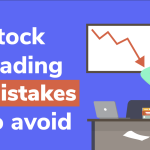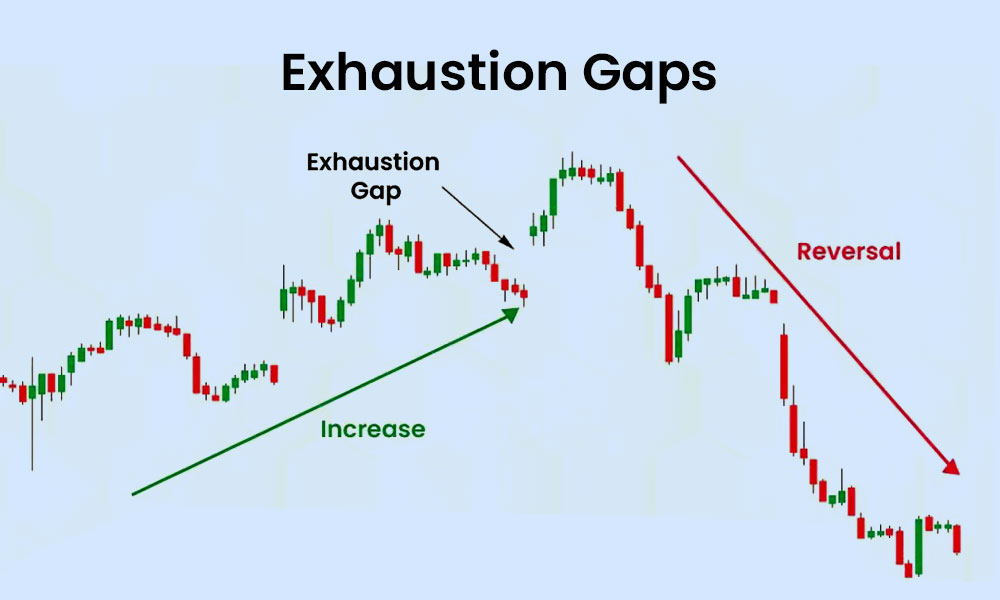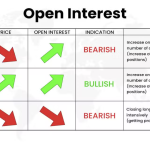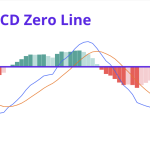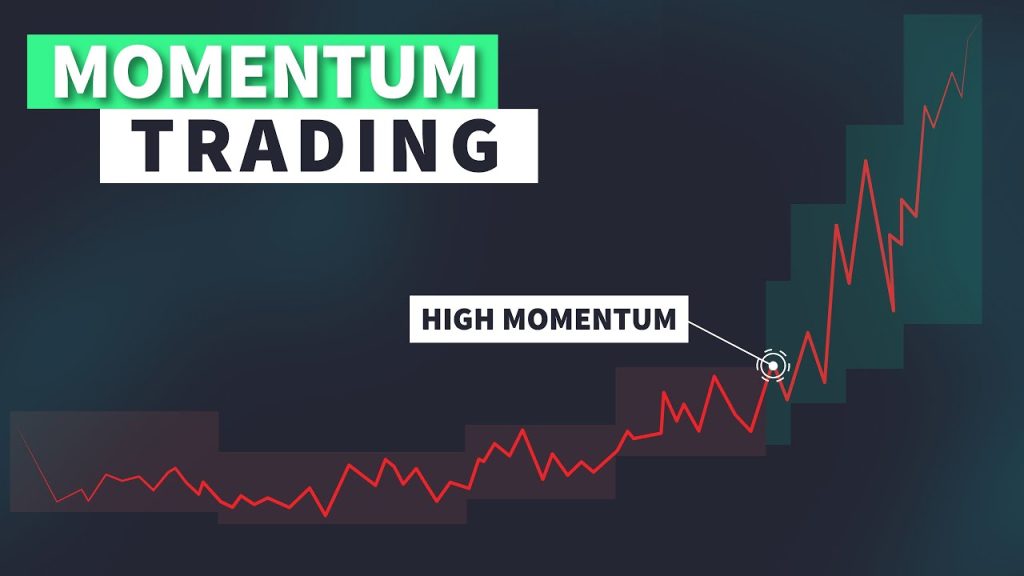
By ATGL
Updated November 24, 2025
Momentum stocks experience strong price movement in one direction with significant trading volume. This approach capitalizes on stocks with strong recent performance continuing their trajectory, making them attractive for stock trading and swing trading strategies. This article examines how to identify momentum stocks using technical indicators, optimal timing for entries and exits, and methods for managing volatility and risk.
What Makes a Stock a Momentum Stock?
A momentum stock exhibits sustained price trends—either upward or downward—over weeks or months, accompanied by above-average trading volume that signals strong market participation. Volatility is inherent to these securities, creating opportunities for substantial gains alongside heightened risk.
Catalysts typically trigger momentum. Earnings surprises, regulatory approvals, product launches, or sector-wide developments initiate rapid price movements. A pharmaceutical company receiving FDA approval or a technology firm beating earnings expectations may experience sustained momentum as investors recognize the implications.
Identifying momentum stocks requires systematic screening. Examine stocks reaching 52-week highs or lows, as these often signal emerging trends. Volume analysis provides confirmation—authentic momentum shows volume increasing alongside price movement. Stocks moving on light volume may represent false breakouts. Market breadth indicators reveal whether momentum extends across sectors or remains isolated, with broad-based momentum often proving more sustainable.
Best Indicators for Spotting Momentum
Technical indicators provide quantitative methods for identifying and confirming momentum. The Relative Strength Index (RSI) measures price momentum on a scale from 0 to 100, with readings above 70 indicating overbought conditions and below 30 suggesting oversold levels. In momentum trading, however, sustained RSI readings above 70 can signal strong upward momentum rather than an immediate reversal signal. Traders often wait for RSI to cross back below 70 as a potential exit indicator.
The Moving Average Convergence Divergence (MACD) tracks the relationship between two exponential moving averages, typically the 12-period and 26-period EMAs. When the MACD line crosses above the signal line, it suggests strengthening upward momentum. Conversely, a cross below indicates weakening momentum or potential reversal. The MACD histogram provides visual representation of momentum strength, with expanding bars indicating acceleration.
Moving average crossovers serve as foundational momentum signals. A short-term moving average (such as the 50-day) crossing above a longer-term average (like the 200-day) generates a bullish signal often called a “golden cross.” This pattern suggests the stock market has established upward momentum. The inverse, known as a “death cross,” signals potential downward momentum.
Price channels and Bollinger Bands help identify momentum extremes. When prices consistently ride the upper Bollinger Band, this indicates strong upward momentum. A stock breaking above the upper band with increasing volume often signals continuation rather than reversal, contrary to mean-reversion strategies.
Reading stock charts effectively means recognizing these technical patterns within market context. No single indicator provides infallible signals, which makes combining multiple technical indicators for trading valuable for confirmation.
How To Build a Momentum Trading Strategy
Constructing an effective momentum strategy trading system requires defining specific entry and exit criteria before executing trades. This discipline prevents emotional decision-making during volatile price movements.
- Define Entry Criteria: Combine confirmation factors: price breaking resistance with volume exceeding 50-day average by 50%+, RSI above 50, bullish MACD crossover, and price above its 50-day moving average to reduce false breakouts.
- Time Your Entries: Wait for brief consolidations after initial surges rather than chasing parabolic moves. Identifying trends in stocks after momentum establishes provides better risk-reward ratios than catching the initial move.
- Consider Market Conditions: Momentum strategies perform best during broad market uptrends, while choppy markets produce false signals. Factor in sector strength, as momentum rotates between sectors, and incorporating this into trading strategies improves results.
- Establish Exit Triggers: Set profit targets at technical levels like previous resistance or Fibonacci extensions, or use 10%-15% trailing stops to protect gains. RSI divergence—price making new highs while RSI doesn’t—signals momentum exhaustion.
Managing Risk While Trading Momentum Stocks
Risk management determines long-term success in momentum trading more than entry selection. The volatile nature of momentum stocks can produce rapid reversals that erase profits quickly without proper safeguards.
Stop-loss orders limit downside exposure. Position stops just below recent support levels or use a percentage-based approach, typically 7%-10% below entry for short-term trades. This threshold balances preventing minor pullbacks from stopping out positions while protecting against larger reversals.
Position sizing based on volatility helps standardize risk across trades. A stock with 5% daily volatility requires a smaller position than one with 2% volatility to maintain consistent dollar risk per trade. The formula: Position Size = (Account Risk ÷ Trade Risk) × Share Price allows traders to calibrate exposure systematically.
Common mistakes undermine momentum strategies. Overtrading occurs when traders force trades during periods lacking clear momentum, resulting in losses during consolidations. Chasing late trends—entering after a stock has already moved substantially—leaves traders vulnerable to pullbacks with unfavorable risk-reward ratios. Ignoring trend reversal signals by holding positions too long transforms winning trades into losses.
Transaction costs accumulate quickly in momentum trading due to frequent trading. Account for commissions, bid-ask spreads, and slippage when calculating actual returns. High-frequency momentum trading requires substantial profits to overcome these costs.
Where Momentum Fits in a Broader Portfolio
Momentum stocks serve a specific function within diversified investment portfolios rather than representing a comprehensive strategy. Most financial professionals recommend allocating a limited percentage—typically 10%-30%—of trading capital specifically to momentum positions while maintaining core holdings in longer-term investment strategies.
This balanced approach captures momentum opportunities without overexposing the portfolio to the volatility inherent in these trades. Long-term holdings in dividend stocks, index funds, or value investments provide stability and income, while momentum trades seek to enhance overall returns during favorable market conditions.
For investors preferring less active management, momentum-focused ETFs offer exposure to this strategy through rules-based selection processes. The iShares MSCI USA Momentum Factor ETF systematically invests in stocks exhibiting strong price momentum, rebalancing quarterly to maintain exposure to trending securities. This passive approach eliminates individual stock selection and timing decisions while still accessing momentum characteristics.
Ready to refine your approach to momentum trading? Above the Green Line’s technical analysis tools provide the indicators and chart patterns needed to identify high-performing shares with confidence. Our platform delivers real-time data and screening capabilities to spot emerging momentum before the broader market recognizes these opportunities. Explore our membership options to access comprehensive resources designed for active traders seeking to capitalize on market momentum systematically.



